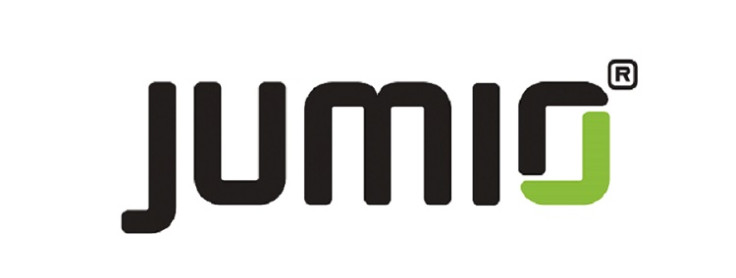Regtech: Jumio reveals its digital identity USPs
Jumio currently does some 110,000 verifications a day and counts Airbnb among its clients.

The digital identity management and biometric verification space is a busy one, with many technology providers touting some sort of machine learning or computer vision solution. So what constitutes a unique selling point in this crowd of contenders?
Jumio, which offers a "hybrid" approach and counts Airbnb among its clients, says it has become familiar with 3,000 different types of onboarding identity documents from all over the planet, and currently does some 110,000 verifications a day.
It's a three-pillared approach: firstly, the entry point to the system, which involves knowing some variant of government-issued ID and its particular security features, as well as the weaknesses fraudsters might attempt to exploit. Then, determining it is valid using facial recognition biometrics. Lastly, authenticating an accompanying document to corroborate address, such as a bank statement or utility bill (demonstrating live on stage at the recent Finovate event in London, Philipp Pointner, Jumio's VP for Product, retrieved a screwed-up utility bill from a wastepaper basket, flattened it out as much as possible and proceeded to authenticate it).
With this in mind, Stephen Stuut, chief executive officer, Jumio, refers to some of his competitors as the "flatbed scanner guys".
Stuut said: "They are used to slapping an ID on top of some very custom device with high resolution, many multiple wavelengths, controlled lighting, no vibration, no glare; an access control into a building, or airport entry system, or reading cheques.
"All of this is reading standardised and simple things in controlled conditions. There are many vendors but at the end of the day if you've got a crappy picture taken on a laptop in a Starbucks of your face and of your ID, that doesn't play to the strengths of somebody whose algorithms were intended to see perfect images.
"We will go with any images and to be honest the majority of the images come from computers whose cameras are fixed focus about the distance of your face from the monitor. It's a terrible focal length for a tiny ID; if you put it closer suddenly it's out of focus."
Referring to the "horrendous pain points" for his customers, Stuut pointed out that there are buildings full of people doing these repetitive verification tasks which Jumio can do much better, faster and cheaper. But the human element is also important; a good example is Scotland Yard which is renowned for having experts that can identify a face under a baseball cap amid thousands of video images – which was how some of the London 7/7 bombers were caught.
"What we do is a hybrid of industry experts and technology. But it's not a case of 'do it automatically and if it fails throw it to the humans'. It's an integrated system where a lot of the automation and extra technology is aimed to help the human do a better job than they were doing," said Stuut.
Jumio has some very sophisticated customers who, over the years, have tested its system with some "diabolically clever approaches".
"We work with them and we get better and better at it. We have liveness detection that is exceedingly sophisticated. There are many ways to do that; this one is very straightforward, having said that, it's not easy to do.
"And as much as we talk about machine learning, we also have to remember about fraudster learning as well. That's why we need to release new innovative technologies like biometric facial recognition that is daunting and so difficult for them to trick it's basically not worth it to attempt to do so.
"But it is a constant race in which we are learning and improving and then they themselves try and do that same."
© Copyright IBTimes 2025. All rights reserved.






















